Public Health
Public health incorporates anything for which one would seek medical attention, such as sickness, disease, mental health, injuries and fatalities. Hydropower projects must manage potential risks to public health throughout their life cycle, but they also have the potential to provide improvements in public health facilities and health services.
Good practice in this area encompasses assessment, management, stakeholder engagement, compliance and outcomes relating to public health at the preparation, implementation and operations stages of a project’s life cycle. For example, at the preparation phase the Environmental and Social Impact Assessment (ESIA) should include a section on public health. While this may not be a national requirement, it is an expectation for international good practice. Potential risks and opportunities should be distinctly evaluated for both the construction and operations stages due to the differing nature of the risks that can prevail.
Understanding good practice
Adhering to good practice in public health can help a project or operating hydropower facility identify and manage ongoing or emerging public health issues and ensure that commitments made by the project to implement public health measures are fulfilled.
International industry good practice in public health for hydropower projects is defined in the Hydropower Sustainability Guidelines on Good International Industry Practice (HGIIP).
Assessing project performance
Two assessment tools are available to measure hydropower project performance:
In Hydropower Sustainability Assessment Protocol (HSAP), Public Health is addressed in P-18 for the preparation stage, I-14 for the implementation stage and O-14 for the operation stage.
In Hydropower Sustainability ESG Gap Analysis Tool, Public Health is addressed in Section 4.





